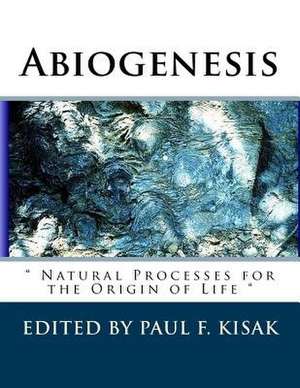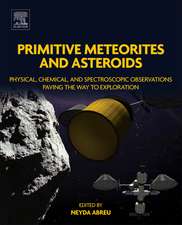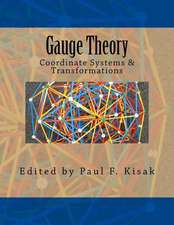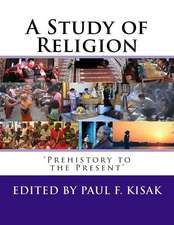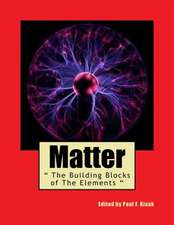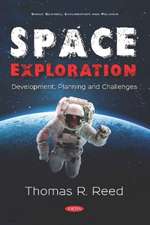Abiogenesis
Autor Edited by Paul F. Kisaken Limba Engleză Paperback
Preț: 126.26 lei
Nou
Puncte Express: 189
Preț estimativ în valută:
24.16€ • 25.08$ • 20.15£
24.16€ • 25.08$ • 20.15£
Carte disponibilă
Livrare economică 01-15 martie
Preluare comenzi: 021 569.72.76
Specificații
ISBN-13: 9781537072906
ISBN-10: 1537072900
Pagini: 180
Dimensiuni: 216 x 280 x 10 mm
Greutate: 0.43 kg
ISBN-10: 1537072900
Pagini: 180
Dimensiuni: 216 x 280 x 10 mm
Greutate: 0.43 kg
